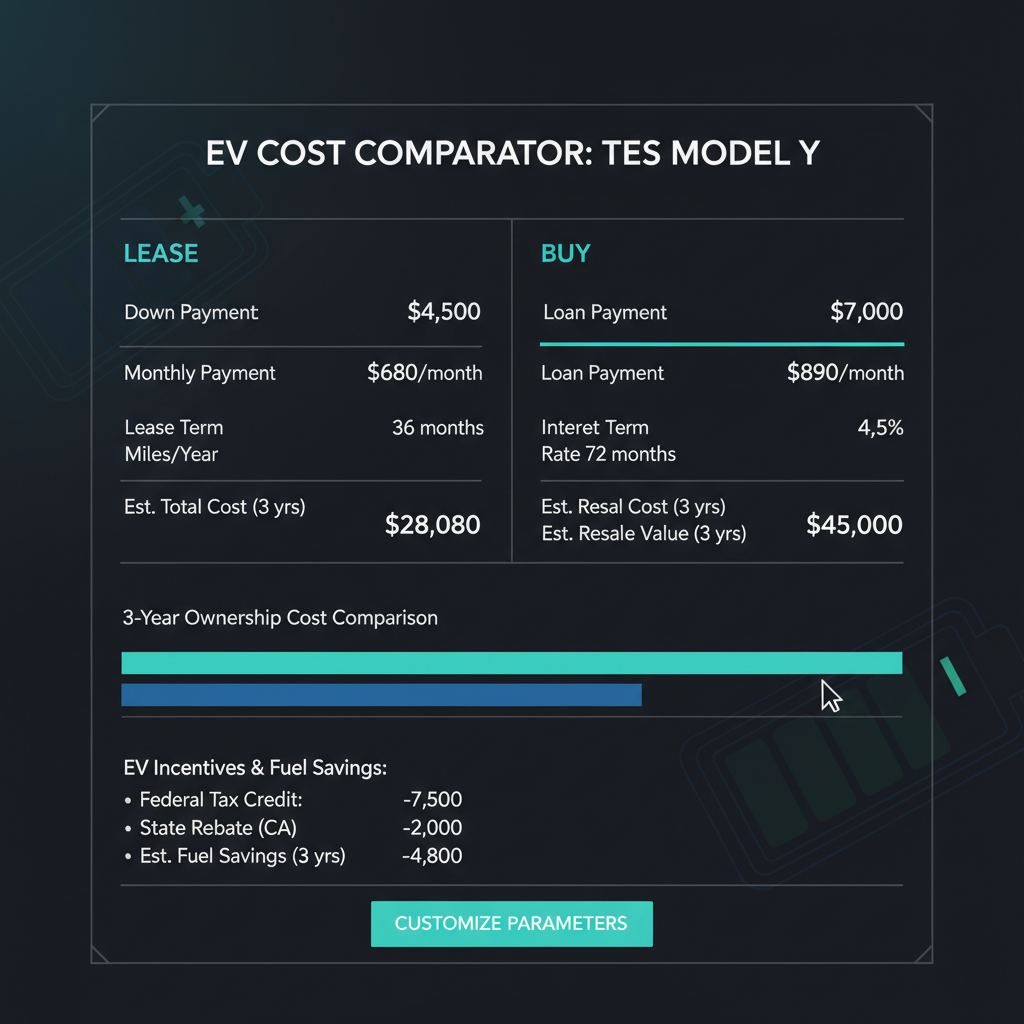EV Lease or Buy in 2025? The Calculator That Reveals Shocking Tax Credit Loopholes and Resale Landmines
🔒
Contents
Premium Content Locked
This exclusive content requires viewing a short video advertisement to unlock.

Contents
This exclusive content requires viewing a short video advertisement to unlock.